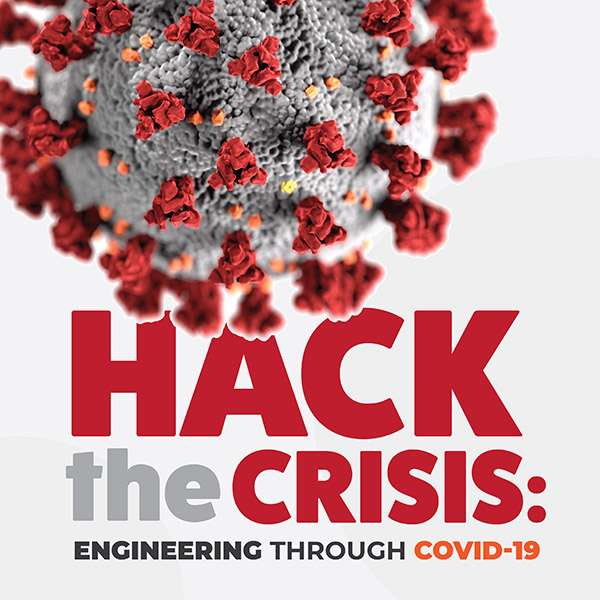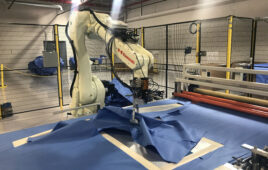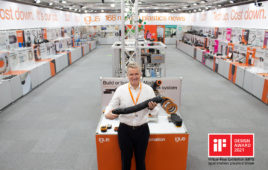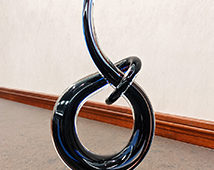 Recently, while listening to the excellent Freakonomics Podcast, one of the guests provided some great insight into our current situation. Marshall Burke, an Associate Professor at Stanford University explained that many times it takes an outside event to force society to move in directions that it had been technologically ready for, but not psychologically ready for.
Recently, while listening to the excellent Freakonomics Podcast, one of the guests provided some great insight into our current situation. Marshall Burke, an Associate Professor at Stanford University explained that many times it takes an outside event to force society to move in directions that it had been technologically ready for, but not psychologically ready for.
“Certain economic historians point to these critical junctions in history where it wasn’t slow change but something specific happened that set entire countries or entire economies on a different course,” Burke said in relation to the COVID-19 pandemic. “One idea is that these sorts of large-scale events could be critical junctures that cause us to change our behavior in ways that slow-moving changes in technology or slow-moving changes in preferences never do.”
We’ve seen countless examples of engineers being innovative over the past few months. Manufacturing facilities have been reworked to produce ventilators or frontline PPE. Design teams have discovered (or rediscovered) Zoom meetings and the like. Engineers have refined processes to make them more efficient. Creativity has reigned.
I had a fascinating interview with Deborah Jennings-Conner, who is UL’s Director of Global Life and Health Sciences Regulatory and Testing Assurance recently, and she hit on many of these points, too.
“It seems when we’re in a normal situation, if someone has a new idea or a new idea about a product or a process, we can find 20 or 30 ways to say, ‘we could never do that.’ Or we might look at it next year,” she said. “But in this crisis situation, both at UL and what I’ve seen around the world, we have managed to quickly move forward on innovative, creative ideas and we have found a way to say yes. Not that we’re cutting any corners, not that we’re doing what we shouldn’t be doing, but we’ve managed to say yes to doing things the right way.”
One of Jennings-Conner’s colleagues would tell her, “Make the right way the easy way.” And she pointed out that if we can have all of this incredible innovation in a crisis situation, why can’t we have that innovation all the time? We’re all looking forward to the day when we are finally past the COVID-19 crisis. But once we are on the other side, let’s make constant innovation the default setting, and not just the crisis setting.
Filed Under: NEWS • PROFILES • EDITORIALS, Fighting COVID-19




